Coltsfoot /Tussilago farfara/ is a perennial herb that belongs to the Asteraceae family. Blooms in March, just after the melting of the snow cover. In early spring, from its rhizome begins to grow single stems that reach a height of 25 cm.
The stems are covered with pink and purple flakes on top and wear big and beautiful yellow flower baskets. Its stems are two rows of petals, but the external ones are larger. The fruit of the undercut is cylindrical, white and fuzzy. After maturation of the seeds, the leaves begin to grow as a rosette. They are jagged and uneven. In some cases, the handles are colored in purple.
It grows in shady places on wet and loose soils in gullies and along the banks of streams. May be found in ditches and embankments. Coltsfoot can occur under a number of names - rolling herb, horse shoe, whooping, trace stepmother, white hoof, mullein, Margaret.
Composition of coltsfoot
Ccoltsfoot flower stalks contain taraksintin, faradiol, arnidiol, stigmasterin, phytosterin, tannins, yellow pigment, rutin. The leaves contain a bitter glycoside called tusilagin, gallic, malic and tartaric acids, saponins, vitamin C, citosterol, essential oil, tannins, provitamin A, proteins, mucus polysaccharides /inulin and dextrin/.
Collection and storage of coltsfoot
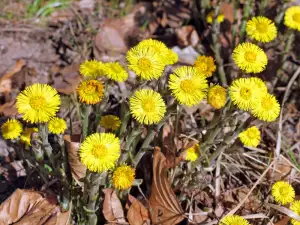
The usable part of coltsfoot are the young leaves of the herb collected during the months of July-August. After cleaning, leave them in the sun for half a day, then you can continue drying in the shade.
Properly dried coltsfoot is with a light green top and very hairy and even whitish bottom, with a slightly bitter taste and characteristic odor. Store dried herbs in a well ventilated, shady and dry place. The herb can be purchased from most pharmacies.
Benefits of Coltsfoot
The herb has a softening, expectorant and anti-inflammatory effect. The expectorant softening effect is due to the tusilagin and saponins in it and the anti-inflammatory action is due to tannins and mucilage. Coltsfoot improves heart function and relieves spasms of bile.
Coltsfoot can be used in laryngitis, bronchitis, shortness of breath and severe tubercular cough. Relieves cough attacks, which are particularly strong at night. It is used primarily to treat diseases of the upper respiratory tract. Used in gastrointestinal disorders, lack of appetite, atherosclerosis, rheumatic diseases, hypertension.
Decoction of the leaves of coltsfoot or poultice of fresh coltsfoot is used to relieve inflammation of the veins of the legs, various skin diseases, boils, wounds and burns. Compresses from the herb are used for eye inflammation.
Traditional medicine with coltsfoot
In folk medicine, Coltsfoot is used to treat inflammation of the intestines and stomach, rashes on the skin, pleurisy, irregular menstruation and stimulation of the appetite.
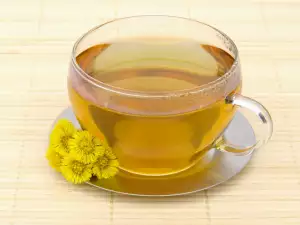
For external use, it is suitable not only for boils, but also for headaches, festering wounds and sores from ill-fitting shoes. Dried leaves are recommended for smoking to alleviate asthma.
To make a brew, you need 2 tablespoons chopped leaves of coltsfoot, which are soaked in 400 ml of boiling water. Leave to soak for about 2 hours, then strain the infusion. Take 80 g of the decoction three times a day, about 15 minutes before eating. This potion can make a compress for external application and be pasted on the problem area.
You can use coltsfoot as a cosmetic or boil softening agent. To do a poultice yourself, take crushed fresh leaves of coltsfoot, embroiled in a dairy mixture.
In folk medicine, you will find very effective infusions for coughs. It contains 50 grams of coltsfoot, red wort ox tongue and linden blossom. 2 tablespoons of these herbs are mixed with one teaspoon of flaxseed and then brewed in a pint of boiling water. Top and boil for about 10 minutes. After cooling, the mixture is filtered.
Effective tool against silicosis and chronic bronchitis is coltsfoot tea leaves, seasoned with a little honey. Drink the potion at bedtime and in the morning after getting up. When you have dyspnea, drink an infusion of equal parts of coltsfoot and yellow yarrow.
A decoction of the roots and leaves of coltsfoot in milk is useful in diseases of the kidneys and bladder, swollen liver, painful and difficult urination.
Dangers of coltsfoot
The herb is not recommended during lactation and pregnancy.
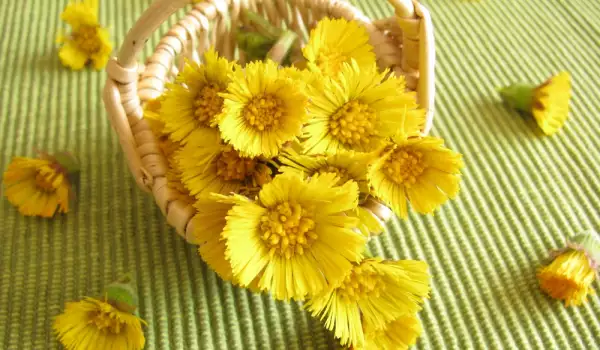
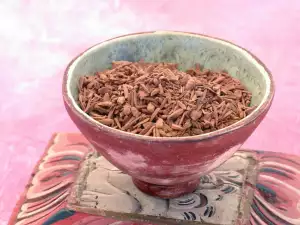
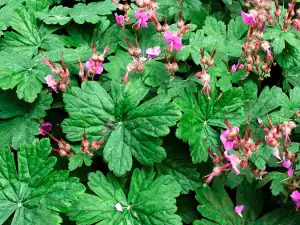
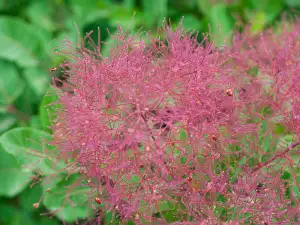


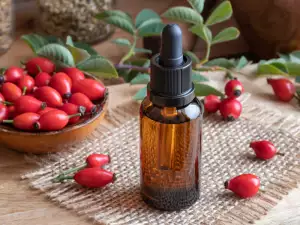

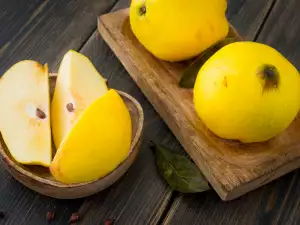

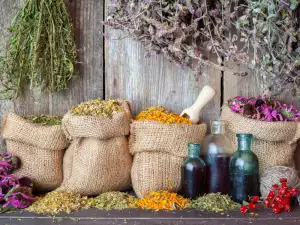
Comments